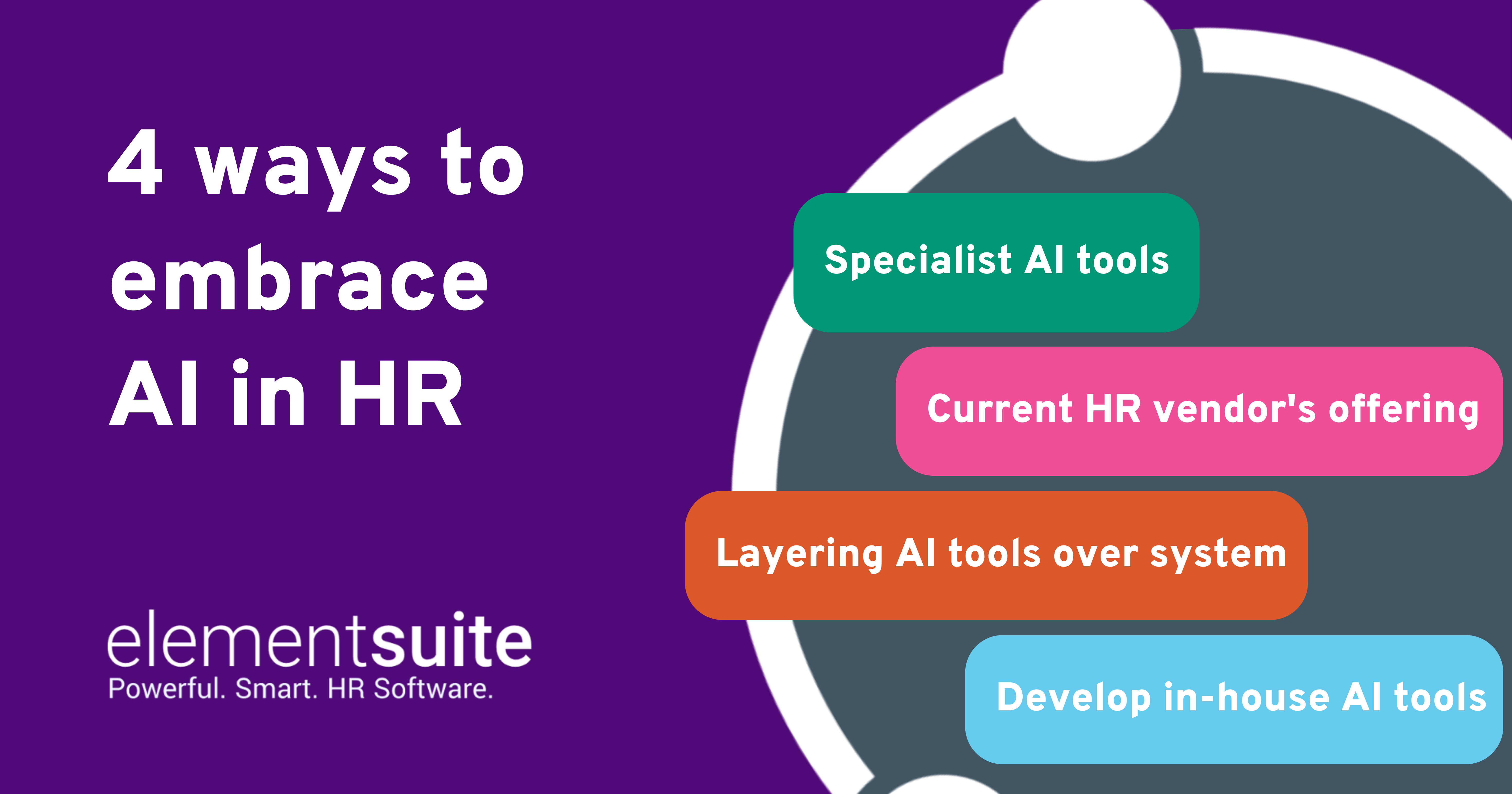Hourly-paid staff make a huge contribution to many businesses, and many industry sectors could not function without them. Industries such retail, supermarkets, hospitality, entertainment, health care, transport, construction, food production and education rely heavily on their hourly paid workforce. Despite this, many staff are undervalued by their employers.
The UK is heavily reliant on part-time workers, employing over 7.7 million. Many of these part-time workers are hourly paid (paid by the hour) and subject to National Minimum Wage rates. Hourly paid staff can provide much needed flexibility in the workforce. It’s also good for the employee too, when managed well. There’s often a misconception that employing hourly paid staff is easier, that’s a complete myth. Whatever type of contract an employer issues, staff need to undergo similar if not the same processes, onboarding and training. The investment in recruiting an hourly paid employee versus a full-time member of staff can be very similar.
Staff who are hourly paid and part-time staff are a significant and integral part of the workforce, so its important to recognise the role they play. In order to maximise efficiencies, productivity and retention, employers need to integrate these members of the team into the wider workforce. Keeping them happy and engaged is good for business. Here’s our HR guide to surviving the challenges associated with hourly paid staff
Employer benefits
There are numerous benefits for the employer of contracting hourly paid staff. There is also a tendency to think about hourly paid staff as low-skilled. The secret that many employers are now realising is that part-time and hourly paid employees represent an amazing resource of highly skilled talent. Tapping into workers who have taken extended breaks to care for relatives, maternity leave and education.
- Efficient way to keep costs down, as you only pay for the hours worked
- A flexible workforce improves the ability to respond to business peaks and troughs more efficiently
- Help reduce the workload of other workers, when there isn’t the business case or sufficient work to justify a new full-time position. This can reduce your overtime costs and reliance on agency staff and support overstretched staff
- Hourly rates can be associated to roles and responsibilities and can be varied for the same employee, depending on the work they are fulfilling
- Carrying reduced overhead and liability
- Attract the skills you need at a lower budget (less hours)
- Part-time staff can make the business more agile
Benefits to the employee
For employees, it’s the other side of the coin. Hourly work offers a greater degree of flexibility that can be hard to achieve with a full-time role. Part-time work for many is a life-choice, a choice based on personal circumstances and priorities or embracing a portfolio career.
- Offers personal choice and flexibility around work-life balance
- Suits personal circumstances
- Greater empowerment to manage working life, to balance child care and personal circumstances
- Reduced stress
- Career break for education or other personal development
- Appeals to students
- Personal and social interaction
Engage hourly paid workers
Engaging hourly paid workers can be a significant problem. If your business operates from multiple locations, staff may switch locations and work different hours each week. That’s why engaging with them may feel impossible and establishing regular contact even harder. Without this the flight risk increases substantially. Employees want to feel connected with the company and feel appreciated, whatever their employment contract.
Making the effort to engage will pay dividends, although it may take a lot of effort. HR software can make easy work of this. Using mobile-first tech, these staff can really feel part of the team, as they have access to the same interactions, communications and training (that’s relevant) as all other staff. They are no longer feeling like the anomaly, but included.
Engaged workers are more productive and that applies to hourly paid. Engaging your hourly paid staff will increase job satisfaction, drive growth and improve retention of this much needed workforce. This is good for business too, reducing overheads and cost of recruiting, onboarding and training.
Compensate fairly
Obviously, there are legal requirements when it comes to pay, but often there is an assumption that hourly paid staff are often on low pay. Ensuring hourly paid staff are being compensated fairly based on role and skills. Offer staff training to up-skill that enables them to fulfil other roles at different pay scales. This works really well for sectors such as hospitality, hotels and retail where multiple roles are needed for each shift. If you are scheduling staff to fulfil different roles within a shift, you need a system that can pay them the appropriate pay scale for each role. This is great for your people, but can make payroll considerably more complex, so you need to make sure staff are paid correctly.
Offer flexibility
Hourly paid staff are delivering flexibility for your business, so offer them flexibility in return. With so much talk about flexible working, why not offer this to hourly paid staff. All employees are looking for a better work-life balance and for many this is why they chose hourly paid work.
Workers in customer facing roles clearly cannot work from home, but offering them flexibility around their hours and locations will really help. Workers want more control over their work schedule. Businesses are realising that offering flexibility and remote options, some tasks can be better accomplished.
If you operate with complex shift patterns, think about HR software to aid the planning process with tools such as workforce management. Giving staff access to select preferred shifts, log availability gives empowerment to workers. Take care of you remote and deskless workforce.
Payroll
This may seem obvious, but invest in making sure you pay your hourly paid workers correctly. Payroll processes are complex, and human errors can negatively impact employees and cost the company money. Processing payroll is particularly complex when handling hourly paid staff,
There is no room for error when it comes to paying your people. Your staff have to trust the process 100% and it needs to deliver a positive employee experience, where queries are the exception. A poor payroll experience impacts numerous areas of your people strategy, and particularly affects staff retention.
Scheduling
Scheduling hourly employees can be harder, but with the right systems in place it’s no different to scheduling rotas for shifts. Hourly paid staff give you the flexibility to manage peaks and troughs, so they need to be scheduled accordingly.
This is where you need to rely on technology to help you. Balancing the business needs with staff availability, employee skills, alongside staying compliant is a juggling act. But if you use technology to allow your people to share their availability, swap hours, your staff will be very happy.
Create a culture of transparency with your scheduling, using tech to provide shift visibility from mobile devices. Staff can see who else is working when they are and starts to build a feeling of inclusion: being part of the team.
Training and development
Don’t lose good staff because they feel pigeonholed or passed over. Staff development and training is just as important for hourly workers as all other workers. Give them access to training, blended learning and development programs that are made available to all other staff. This should include ‘in the moment’ training that can be accessed immediately a need arises using mobile devises. Make use of videos and dynamic e-learning tools. Immediacy of accesses puts control with the employee, and is valuable for the employer too. Provide support around ongoing education and career progression as well as mentoring. Mentoring is a great way to make them feel more attached and part of the company. Don’t assume that an hourly paid member of you team is not interested in developing, learning and progressing.
Communication
Communication is key with remote, part-time and hourly paid workers. Its easy for them to miss out on communications and notifications that are issued, particularly if they do not have a work email address. The lack of work email address, which is prevalent in businesses such as retail, fast food, and hospitality, means adopting other ways to communicate. This also applies to other industries where staff are remote or hard to reach such as construction. Technology really is the answer, providing all staff access to social and natural communications as well as the more formal corporate communications. It’s a great way to ensure that everyone has been included and avoids the ‘I didn’t know’ that often happens when hourly paid and hard to reach workers simply miss out on communications.
95% of the UK population have a mobile-phone, with 87% using a smart phone, which means communications can easily be accessed via mobile-first tools. More and more, the population expects to access everything via a mobile device, and that’s the same for communication.
Acknowledge and recognise
Many hourly employees are less visible because they work less hours, but they are an integral part of the success of the business. Its important to make sure they are recognised for the work they do, and their roles and work matter. Implementing programs such as ‘giving Kudos’, employee recognition or colleague recognition schemes can make a really positive difference. Its good for them but also for the rest of the workforce; to see accomplishments are recognised whatever your role.
Actively use surveys and polls to keep your finger on the pulse across all staff, not just hourly paid.
Employees that feel that they are seen, recognised and heard are more likely to work harder, experience better job satisfaction and more likely to stay.
Ask your hourly employees what they want, find out what’s important, what motivates them. Often they can spot potential inefficiencies because they see the business differently. Employees who feel valued are more likely to stick around, and that’s good for everyone, as well as costs.




